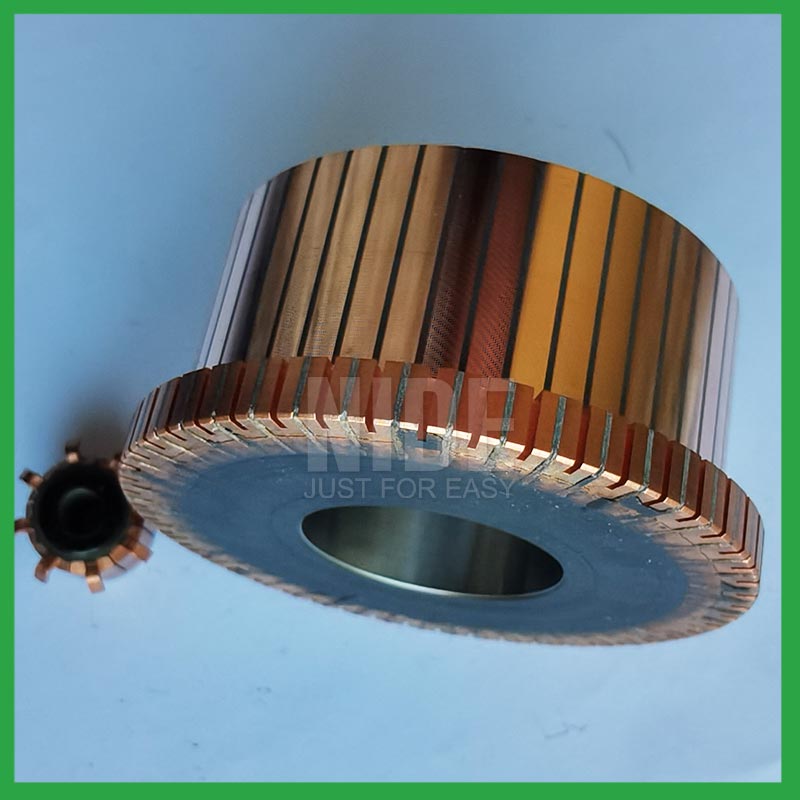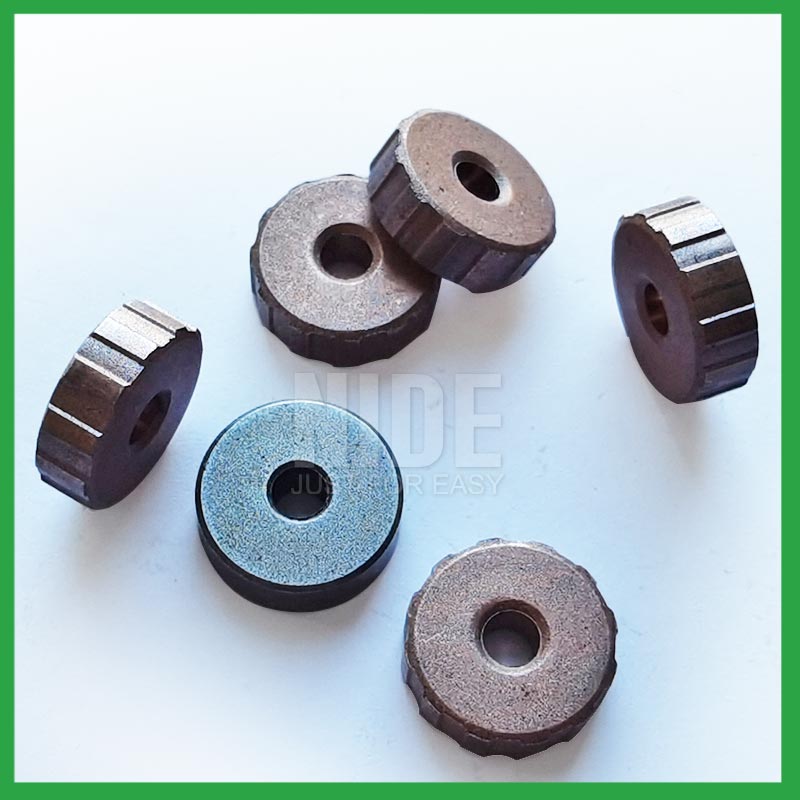2024-08-05
The efficient operation of electric motors is crucial across numerous industries, from automotive and aerospace to household appliances and industrial machinery. One key component that ensures optimal performance in electric motors is the commutator. Over time, commutators can accumulate debris, carbon dust, and other contaminants, leading to decreased efficiency and potential motor failure. Nide International, a leader in motor component technologies, explores the latest innovations in motor commutator cleaning technologies that are transforming maintenance practices and enhancing motor performance.
A commutator is a rotary electrical switch in certain types of electric motors and generators that periodically reverses the current direction between the rotor and the external circuit. Maintaining a clean commutator surface is vital for minimizing electrical resistance and ensuring efficient current flow. Dirty or damaged commutators can lead to arcing, reduced efficiency, and ultimately, motor failure.

Traditionally, commutator cleaning has been a manual process involving abrasive materials such as sandpaper or emery cloth. While effective to some extent, these methods have significant drawbacks:
Manual Labor Intensive:
Manual cleaning requires considerable labor and time, making it inefficient for large-scale operations.
Inconsistent Results:
The effectiveness of manual cleaning can vary, leading to inconsistent motor performance and potential damage to the commutator surface.
Wear and Tear:
Abrasive materials can cause excessive wear on the commutator, reducing its lifespan and necessitating more frequent replacements.
Recent advancements in commutator cleaning technologies offer more efficient, consistent, and less abrasive solutions. Nide International highlights several innovative approaches transforming the industry:
Automated cleaning systems use precision machinery to clean commutators with minimal human intervention. These systems are equipped with sensors and robotic arms that ensure thorough and consistent cleaning.
Precision and Consistency:
Automated systems provide uniform cleaning, reducing the risk of uneven wear and extending commutator life.
Efficiency:
These systems significantly reduce cleaning time, increasing overall productivity and minimizing downtime in industrial settings.
Ultrasonic cleaning utilizes high-frequency sound waves to create cavitation bubbles in a cleaning solution. When these bubbles collapse, they produce a scrubbing action that effectively removes contaminants from the commutator surface.
Non-Abrasive:
Ultrasonic cleaning is gentle on commutators, reducing wear and tear compared to traditional abrasive methods.
Thorough Cleaning:
This method can reach complex geometries and fine details, ensuring a comprehensive cleaning process.
Laser cleaning technology uses high-energy laser pulses to vaporize contaminants on the commutator surface. This method is highly precise and controlled, making it suitable for delicate motor components.
Precision:
Lasers can target specific areas without affecting surrounding components, ensuring a focused cleaning process.
Environmentally Friendly:
Laser cleaning does not require chemicals or abrasives, making it a more environmentally friendly option.
Advanced chemical cleaning agents are designed to dissolve and remove contaminants without damaging the commutator surface. These agents are often used in conjunction with automated systems for optimal results.
Effective Removal:
Chemical agents can effectively break down carbon deposits and other stubborn contaminants.
Compatibility:
Formulated to be safe for various motor materials, ensuring no adverse effects on the commutator or motor components.

The future of motor commutator cleaning technologies lies in the integration of smart systems and IoT (Internet of Things) capabilities. Smart cleaning systems can monitor the condition of commutators in real-time, predict maintenance needs, and perform automated cleaning without human intervention. This proactive approach can significantly reduce unexpected downtimes and maintenance costs.
Innovations in motor commutator cleaning technologies are revolutionizing the way industries maintain and optimize their electric motors. Automated cleaning systems, ultrasonic cleaning, laser technology, and advanced chemical agents offer more efficient, consistent, and less abrasive solutions compared to traditional methods. Nide International is at the forefront of these advancements, providing cutting-edge solutions that enhance motor performance and longevity. By embracing these innovations, industries can ensure the reliability and efficiency of their electric motors, ultimately driving productivity and reducing operational costs.